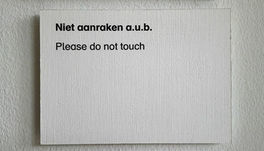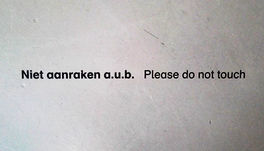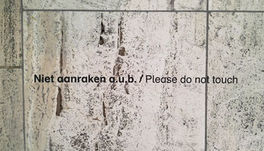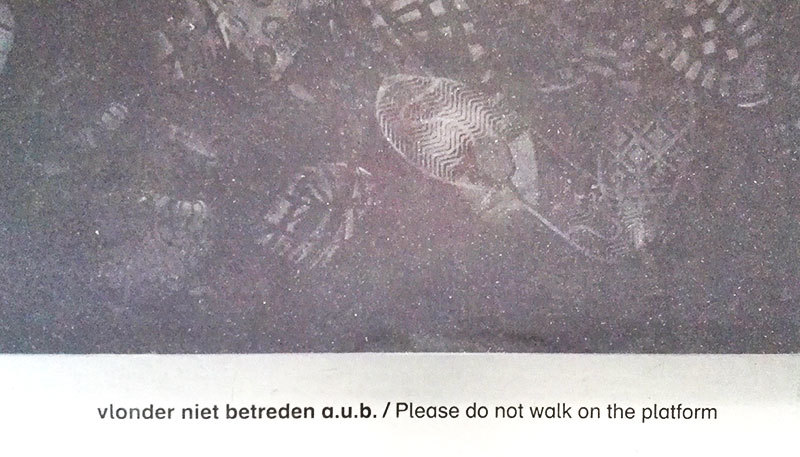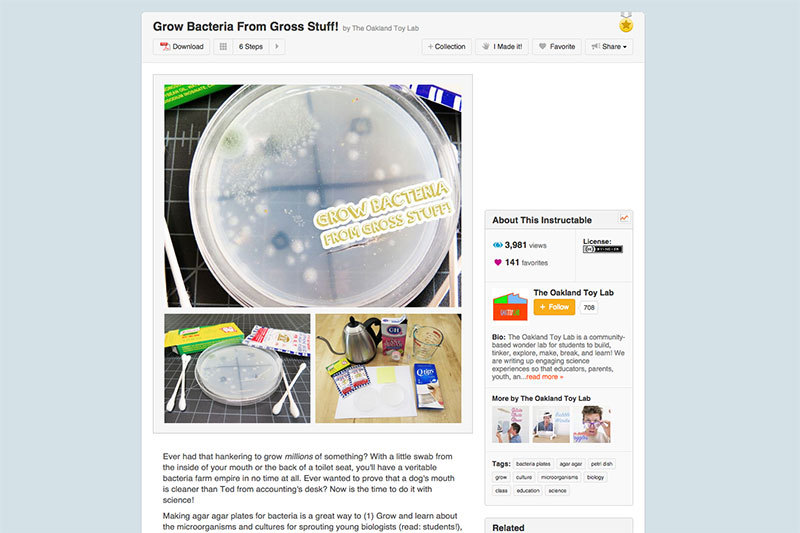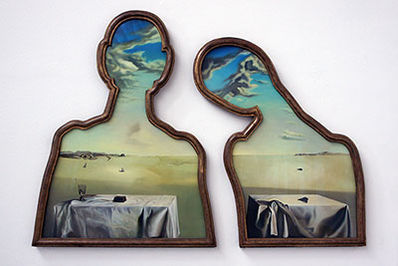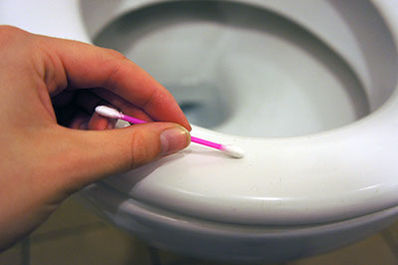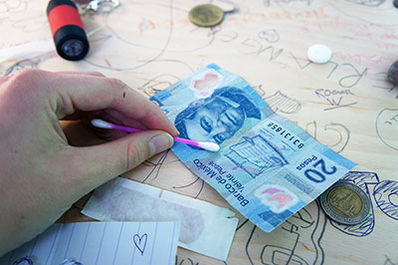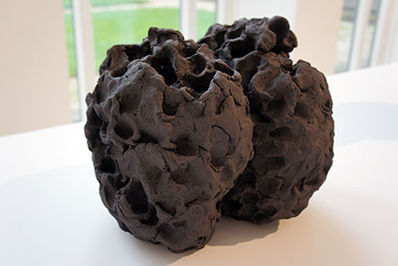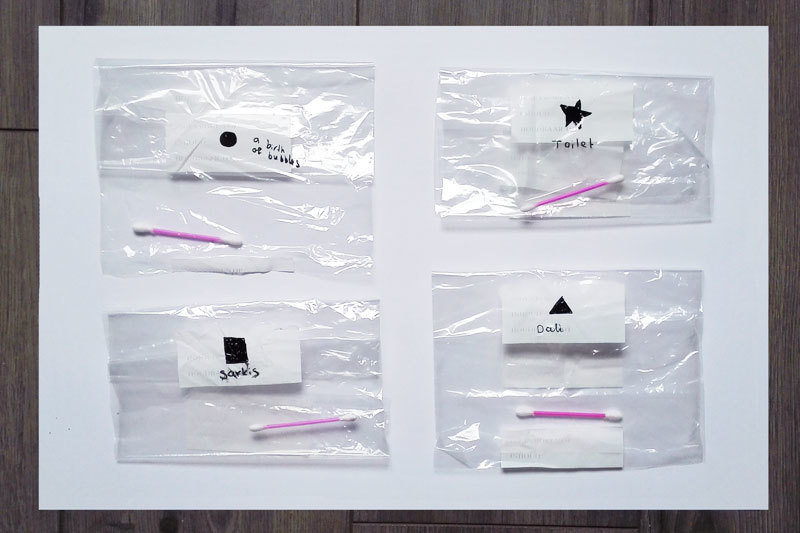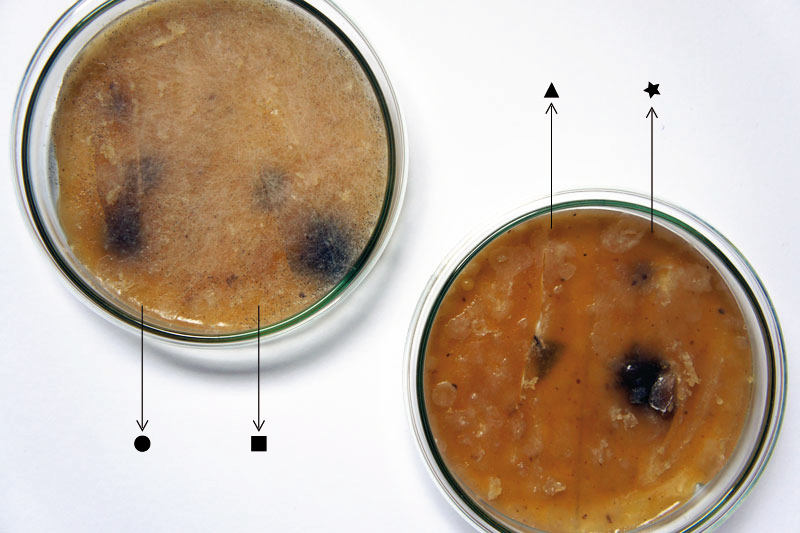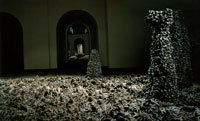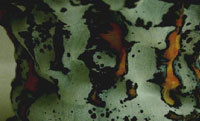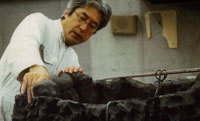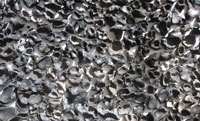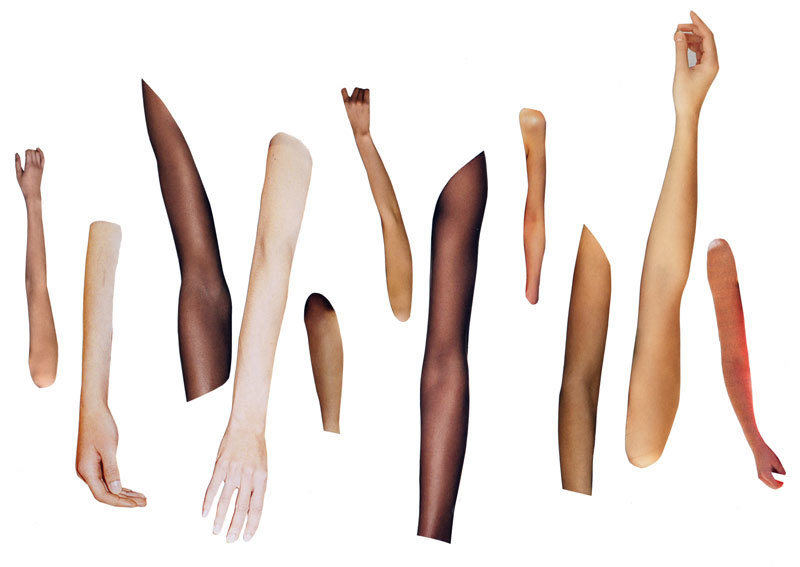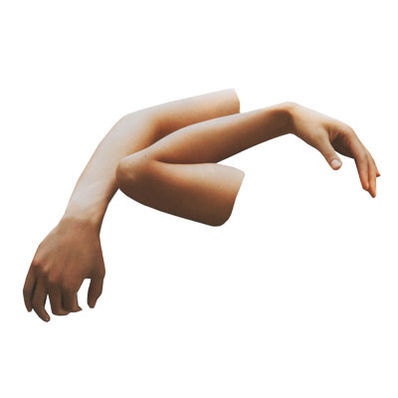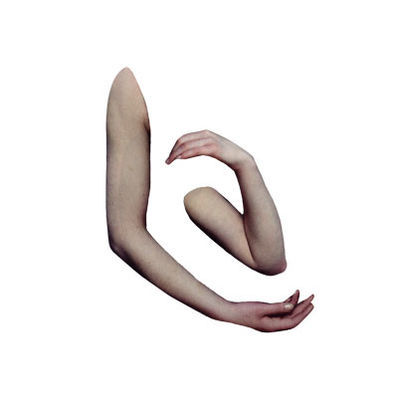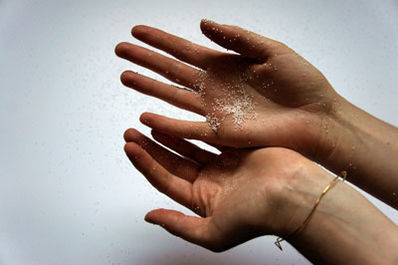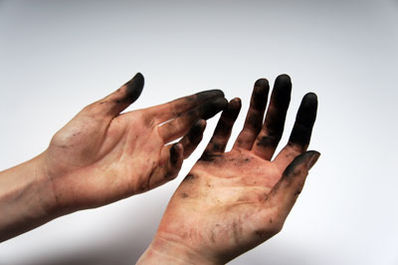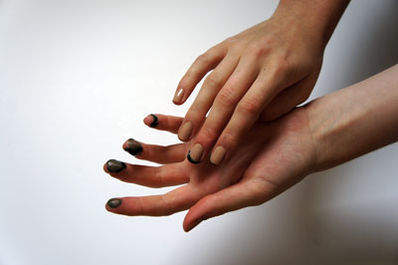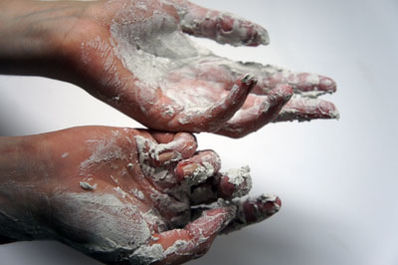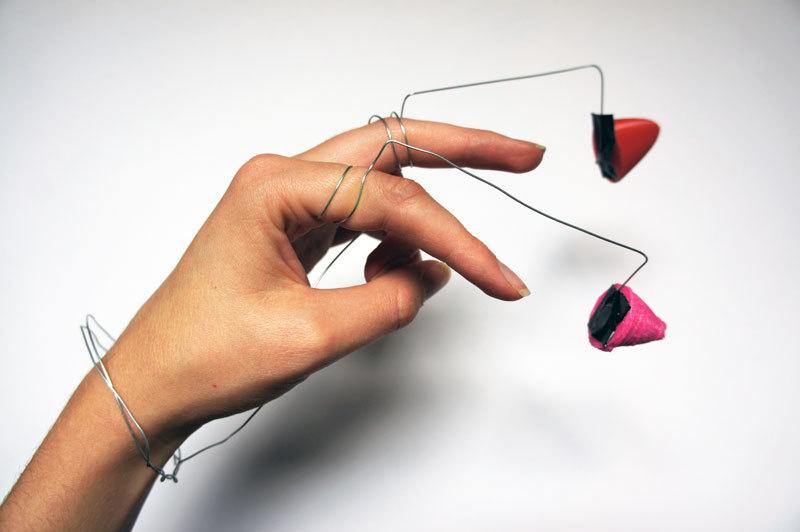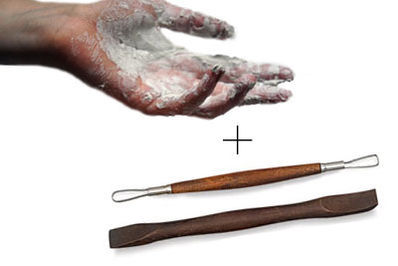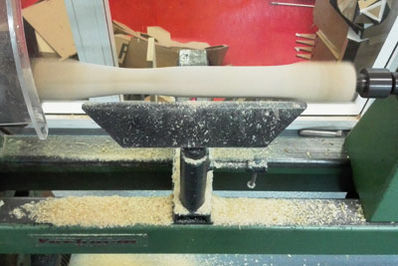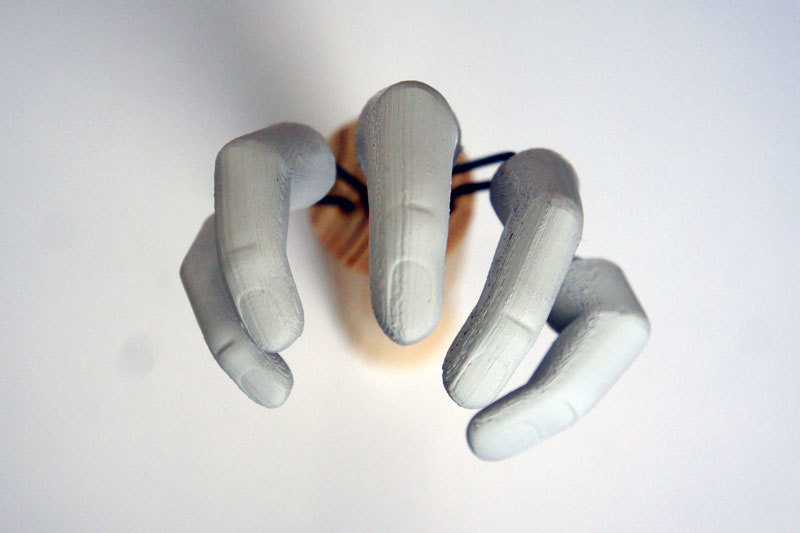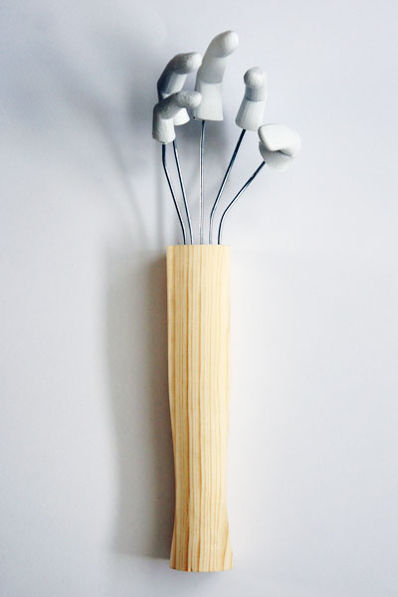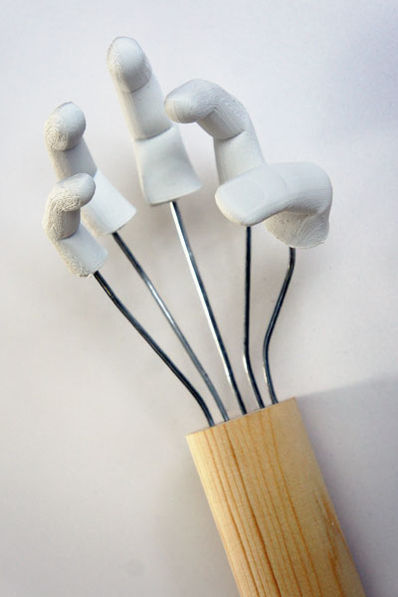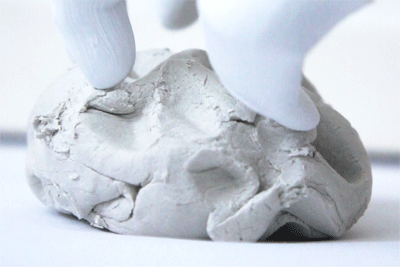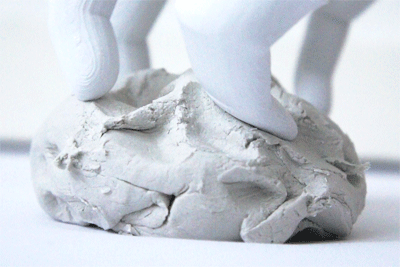Joeke Fantastic Forgeries 15 16
Contents
CHOOSING AN ARTEFACT
Which artefact challenges me, but also other visitors of the museum, the most to ignore the 'please don't touch' sign and secretly touch the artefact to experience the texture of it?
Materials and textures are important elements of my work and craft process. I believe that you have to 'see with your hands' to fully experience an artefact.
To get an answer to the question above I sampled the bacteria from different artefacts of the Boijmans van Beuningen Museum, by using this tutorial.
With this data I hoped to examine which artefact was touched the most by visitors.
Instructable I used to understand how to sample and grow bacteria:
Sampling bacteria from the following artefacts and objects:
Salvador Dalí - A Couple with Their Head Full of Clouds, 1936
Toilet - to compare the results of the artefacts with
Sarkis - Respiro, 2015
Satoru Hoshino - A Birth of Bubbles II, 2012 (busted by security!)
Update bacteria September 21:
Final choice:
While rubbing my q-tip on the surface of the ceramic artefact 'Birth of Bubbles II' I got busted by a security worker of the museum.
This made me realize how strange it is that you are not allowed to touch it.
The artefact 'Birth of Bubbles II' is, according to the description of the sign, a representation of the artists' contact with the soil.
But as a spectator you can only look at the artefact and think about the artist's experience of the soil, not experience it yourself.
By reproducing this artefact I want to experience the material myself by using the same technique with other materials.
RESEARCH ARTEFACT
Satoru Hoshino - A Birth of Bubbles II, 2012
The Studio of this Japanese ceramic artist was destroyed by an earthquake in 1986.
Since then he sees the material as a symbol of the power of nature.
“I engage in a dialogue with the clay as it sits in from of me, as a soft, flexible lump of matter. This dialogue is carried out through a form of body language: the primitive action of pressing parts of my body against the body of the clay. This is not a relationship in which I am active and the clay is passive, even if I am the first to speak. The dialogue can only take place if I empathise with the material, adjusting myself to the time contained in the clay and the rhythms of nature." - Satoru Hoshino
“It is essential to understand that he does not treat clay simply as a material. His encounter with clay as a physical substance is more primal and fundamental." - Arata Tani
REPLICA CONCEPT
Making the contrast between the materiality of the artefact and the immaterially of the 'please, don't touch' signs in the museum visible.
Developing a tool to edit, process and manipulate the material without touching it, focused on the hands.
REPLICA RESEARCH
Research to the forms and shapes of hands,
because hands are important elements of the artefact 'Birth of Bubbles II' (self-made images):
Research to marks from materials on hands (self-made images):
REPLICA EXPERIMENTS
Prototype #1:
A protoype made from 3D printed 'fingertips' based on the fingerprints you can see in the artefact,
placed before your real fingertips so you don't have to touch the material with your hands while editing the material.
How to improve: making the prototype stronger so you can really use it, making a more detailed replica of fingertips so they actually look like fingertips.
Prototype #2:
A 'hand-tool' inspired by the combination of clay working tools and hands.
First I used the craft 'woodturning' on a lathe to make a handgrip, then I printed five fingers.
Inspiration and woodturning on the lathe:
'Hand-tool':
Replicating:
Using DAS modeling clay and the 'hand-tool' to replicate 'Birth of Bubbles II'.
How to improve: making an even more detailed and stronger copy of the hand.
By making a mold of my own hand and using plaster (too porous?) or resin.
Focusing on making a better replica of the artefact, by using the same material.
